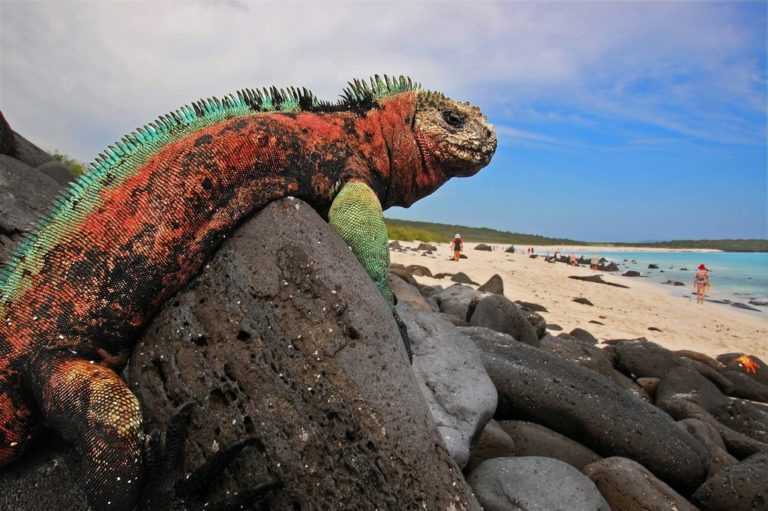The Coldest Countries on Earth: Where Humans Brave the Deep Freeze
Human beings have achieved the extraordinary — we’ve built homes and communities in nearly every environment on Earth. From sun-scorched deserts and towering mountain ranges like the Himalayas to flooded islands, mangrove swamps, and icy coastlines, people have adapted to thrive almost anywhere.
But when it comes to cold, where do we draw the line? How cold is too cold?
Here’s a look at ten of the world’s coldest countries — places where winter isn’t just a season, but a way of life.

Kazakhstan
Bordering Russia and once part of the former Soviet Union, Kazakhstan is a land of rugged terrain and dramatic temperature swings. Many regions remain covered in ice for much of the year. During winter, temperatures plunge far below zero, forcing locals to get creative in how they survive the cold — ice fishing is a popular and practical tradition. Life in Kazakhstan proves that even the harshest climates can become home.

Russia
The largest country on Earth stretches across Europe and Asia, and much of it is frozen for most of the year. In parts of Siberia, summer temperatures can still dip below zero. The northernmost regions remain snow-covered year-round and were once used as remote exile zones during the Soviet era.
Russian winters are legendary — both feared and revered — and have even played a decisive role in the nation’s history, helping to fend off invading armies that underestimated their brutal intensity.
Greenland
Surrounded by icy seas, Greenland is one of the coldest and most remote places on the planet. Though technically an autonomous territory of Denmark, it’s better known for its endless ice sheets and frozen coastlines. Even summer brings sub-zero temperatures.
Depending on the season, Greenland experiences extreme daylight shifts — up to 22 hours of sunlight in summer, and as few as three hours during the long winter. It’s a land where time seems to freeze along with the landscape.
Canada
Despite its northern location, Canada is famous not just for its cold, but for its natural beauty — vast forests, crystal-clear lakes, and abundant wildlife. Winter, however, paints a different picture. Much of the country experiences heavy snow and temperatures as low as –40°C.
Thanks to its relatively humid air, the cold can feel a bit more bearable compared to dry Arctic regions. Like other northern nations, Canada experiences periods of extreme darkness and extended daylight. It remains one of the world’s most livable and frequently visited cold countries.
United States
Stretching from the Arctic tundra of Alaska to the sunny tropics of Florida, the United States spans nearly every type of climate. In the north, winters are severe — especially in states like Minnesota, North Dakota, and Alaska, where temperatures can drop well below zero and blizzards are common.
In contrast, southern and central regions are far warmer and more suited for farming. The country’s diversity in geography makes it one of the few places where you can experience both tropical heat and polar cold in the same nation.

Iceland
True to its name, Iceland is indeed icy — but it’s also surprisingly green in the summer. When winter arrives, the island transforms into a frozen wonderland blanketed in snow. Temperatures often fall below –10°C, particularly in the north.
Despite its chill, Iceland’s unique geography, geothermal activity, and clear night skies make it one of the best places on Earth to witness the Northern Lights. Moist oceanic air also helps support vegetation, making the landscape both harsh and beautiful.
Finland
Located in Northern Europe, Finland is one of the coldest and most enchanting countries on the planet. Winters here are long and snowy, and daylight varies dramatically throughout the year. In some parts of Lapland, the sun doesn’t rise for weeks in winter — but during summer, it shines almost around the clock.
Finland is also one of the best places to experience the ethereal Aurora Borealis, a reminder of nature’s magic amid the deep freeze.
Estonia
A small Baltic nation in Northern Europe, Estonia experiences frigid winters — though not because of constant snow. Instead, cold monsoon winds sweep through the country, driving temperatures well below freezing. Snowfall is moderate, but the chill is relentless.
Despite the cold, Estonia is one of Europe’s hidden gems, famous for its medieval towns, pine forests, and affordable travel options that attract visitors year-round.

Mongolia
South of Russia and Kazakhstan lies Mongolia, a land of open plains, rugged mountains, and fierce cold. Arctic winds sweep across the steppe, often driving winter temperatures down to –20°C or lower.
Many Mongolians still live a traditional nomadic lifestyle, herding livestock and moving with the seasons. Their resilience in the face of extreme weather is remarkable — proof that humans can adapt even in the toughest environments. Mongolia’s untouched wilderness also makes it a paradise for outdoor adventure.

Antarctica
Though not technically a country, Antarctica easily earns its place on this list. It is the coldest, windiest, and driest place on Earth — a frozen desert of ice and snow. With temperatures that can drop below –100°C, it’s one of the most inhospitable environments known to humankind.
There’s no permanent population, no fresh water, and almost no vegetation, yet Antarctica remains a place of profound scientific importance. Its vast glaciers — including the stunning Canadian Glacier — hold secrets about our planet’s past and future climate.













Жить там,конечно,прохладно…но вот поехать посмотреть на такую красоту хочется!